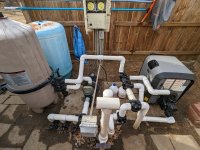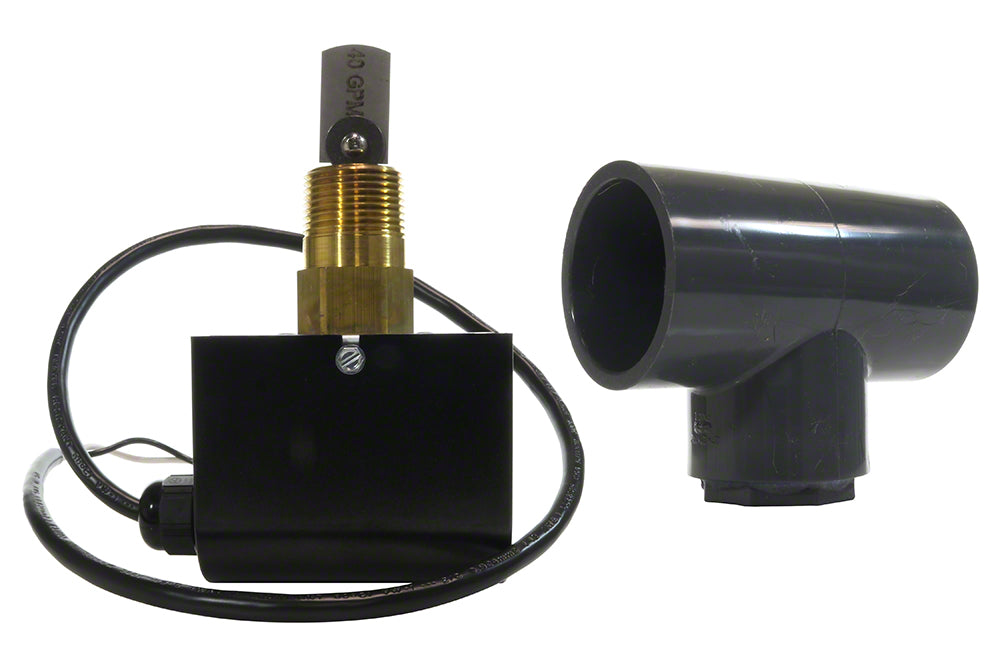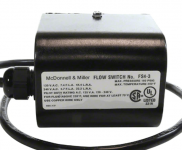I recently removed my booster pump as I use a robot. Now the 2nd intermatic timer swtich has nothing on it. I also recently had a Jandy JXI400P installed.
Would it make sense to wire the heater to the 2nd switch (right now it's on the main/pump timer) so I can control them separately?
When I go to VSP in the coming months, I'll probably get rid of the timer box and just have 2 toggle switches instead. Thanks!

Thanks!
Would it make sense to wire the heater to the 2nd switch (right now it's on the main/pump timer) so I can control them separately?
When I go to VSP in the coming months, I'll probably get rid of the timer box and just have 2 toggle switches instead. Thanks!

Thanks!















